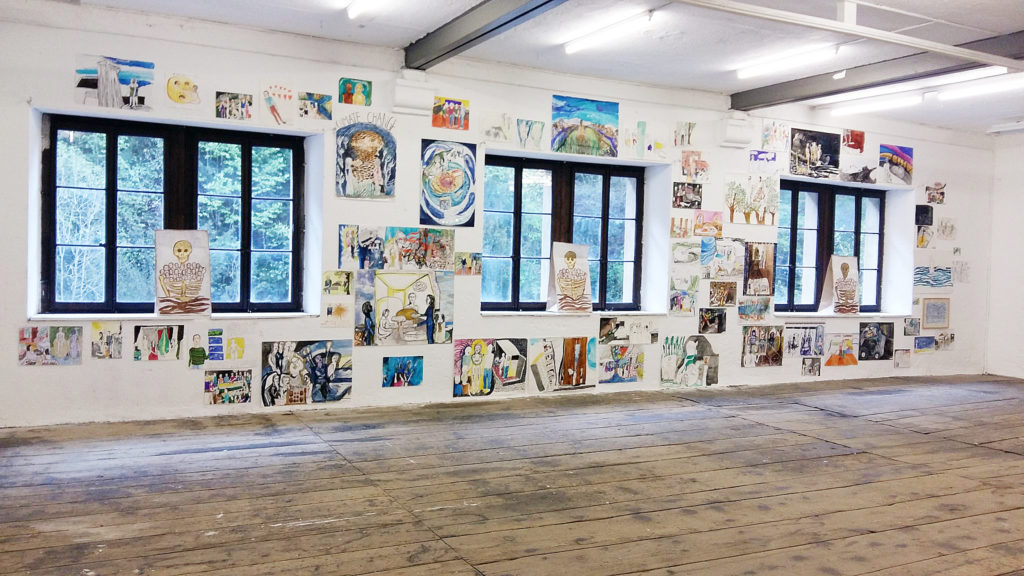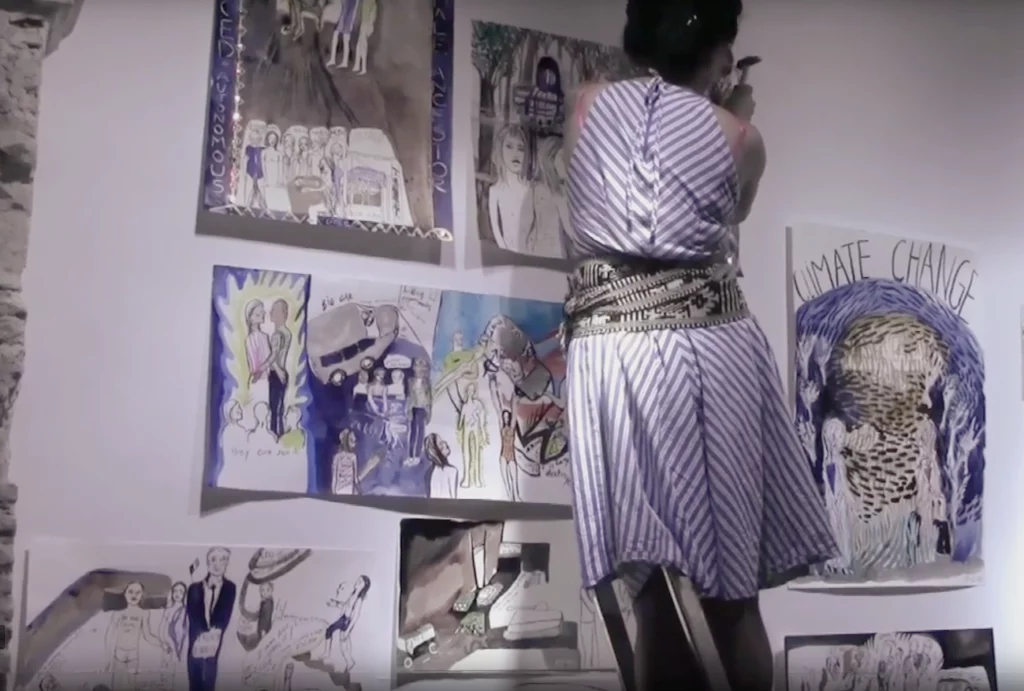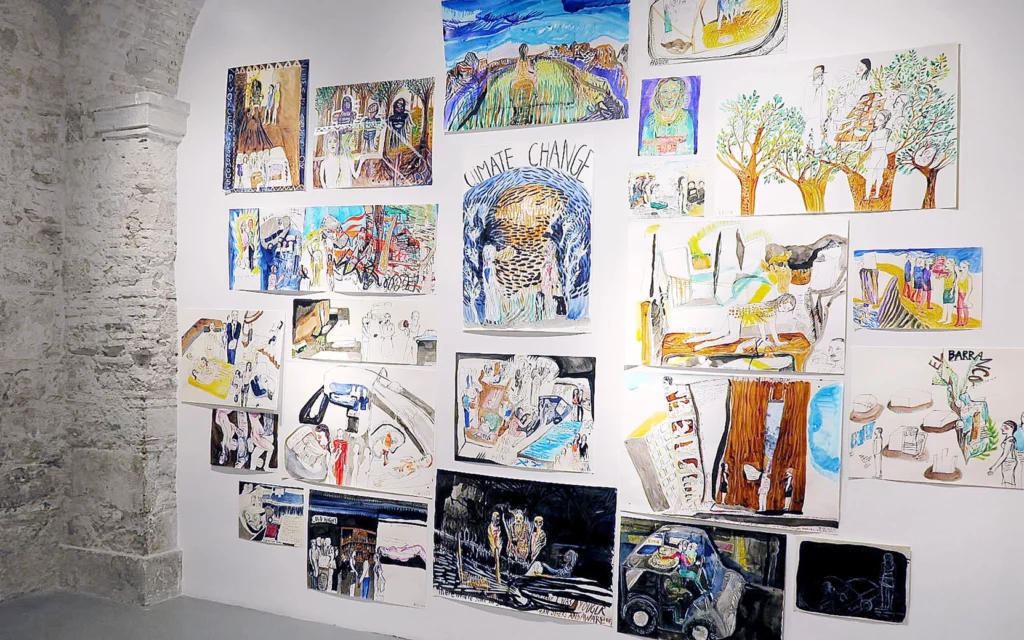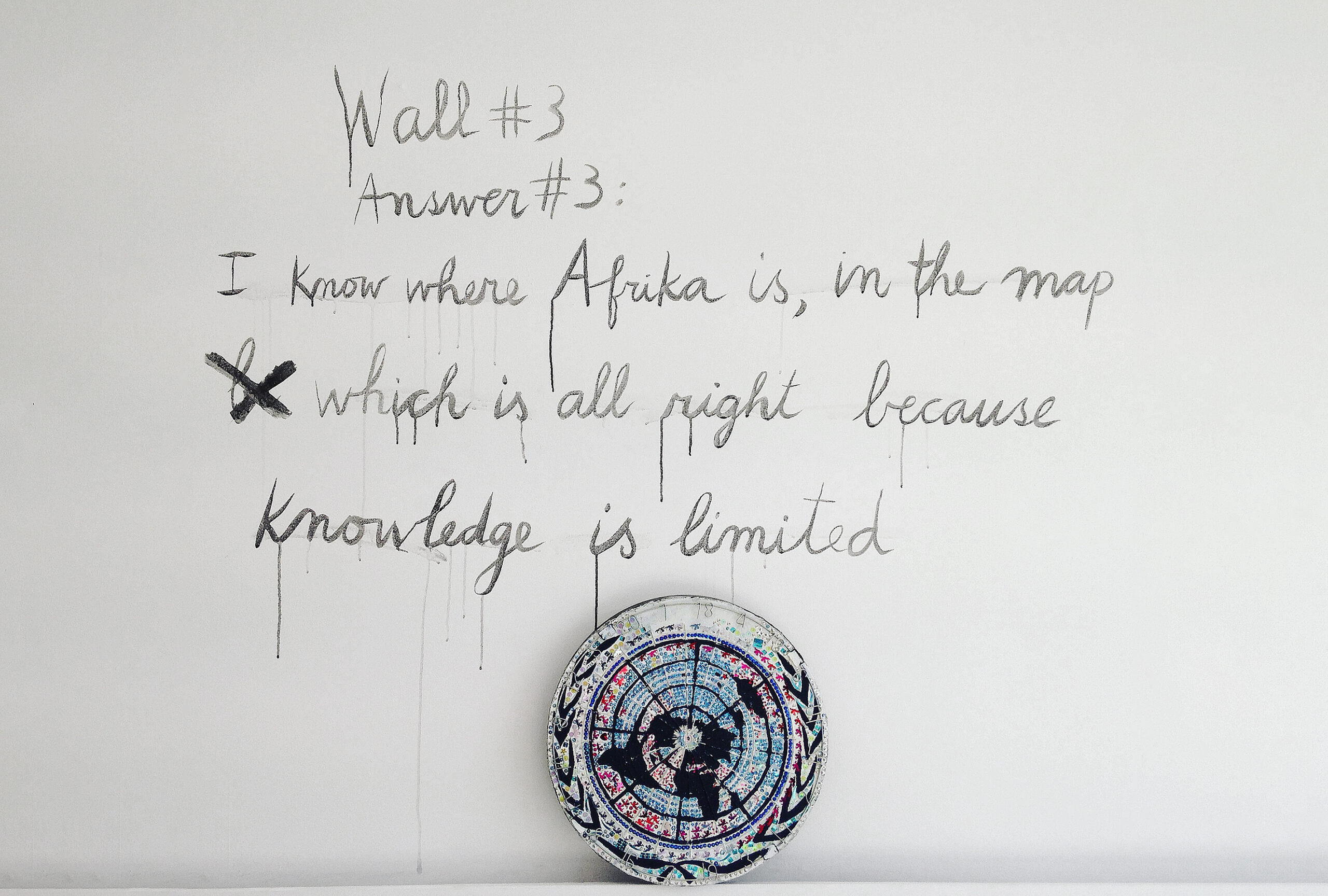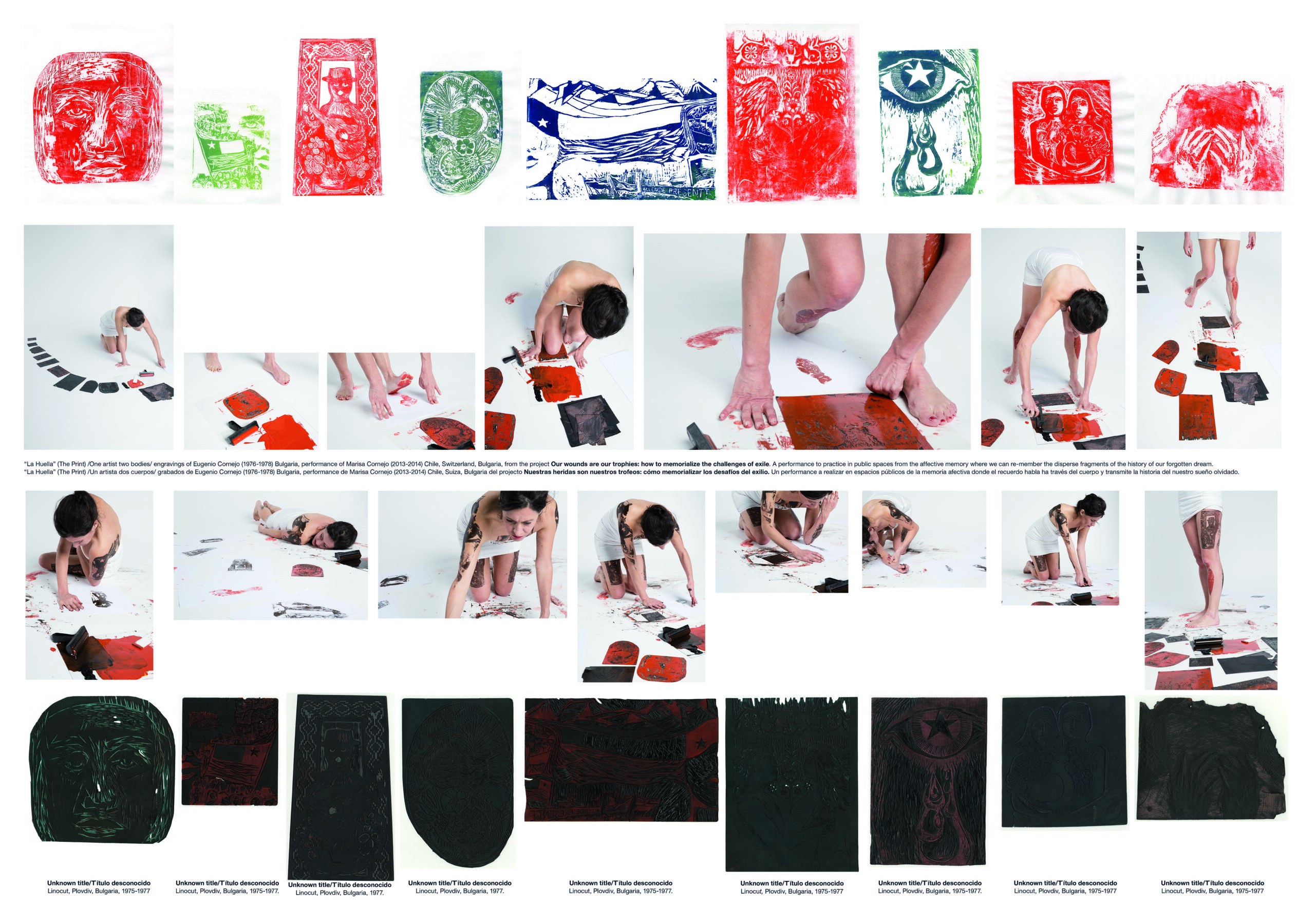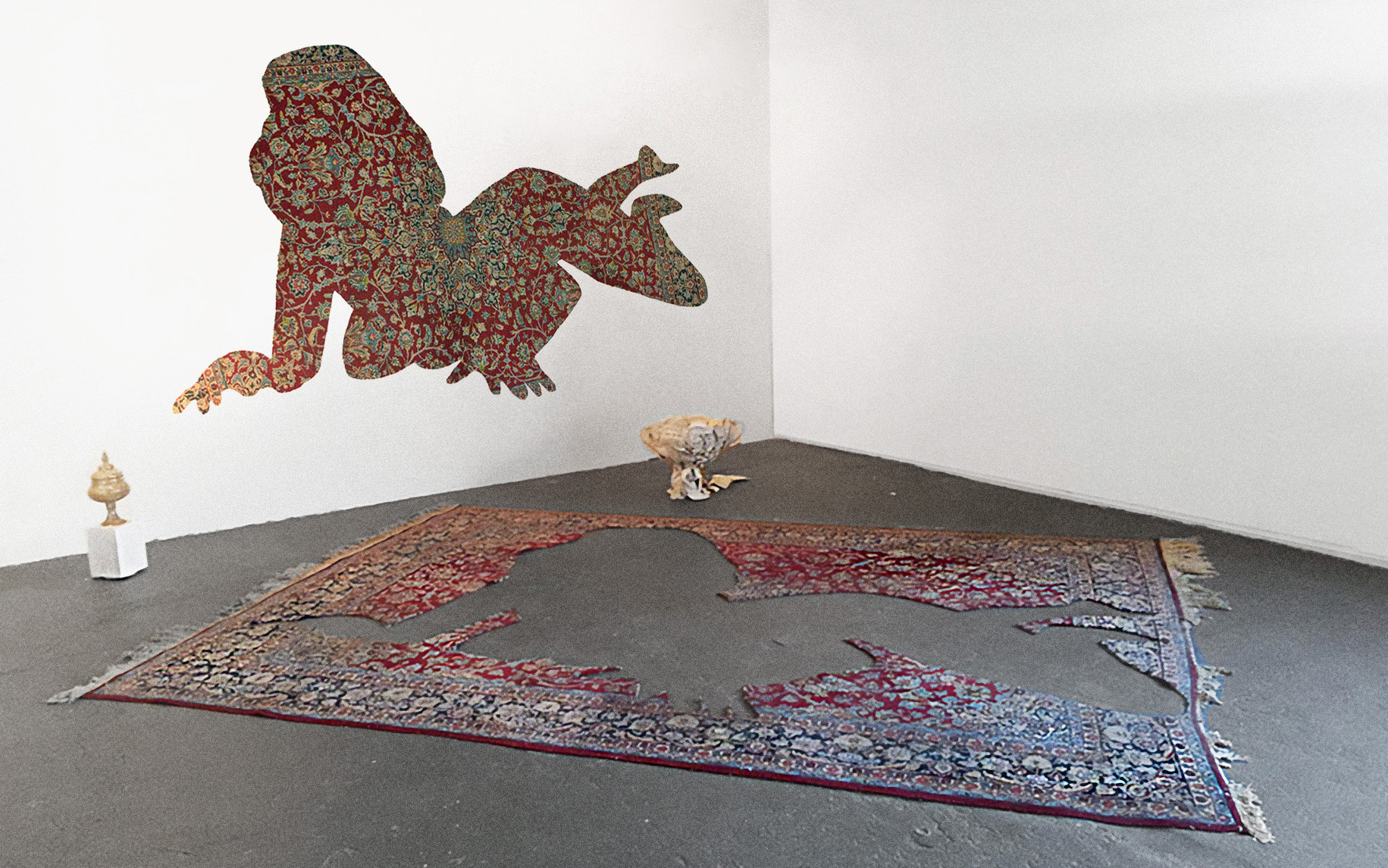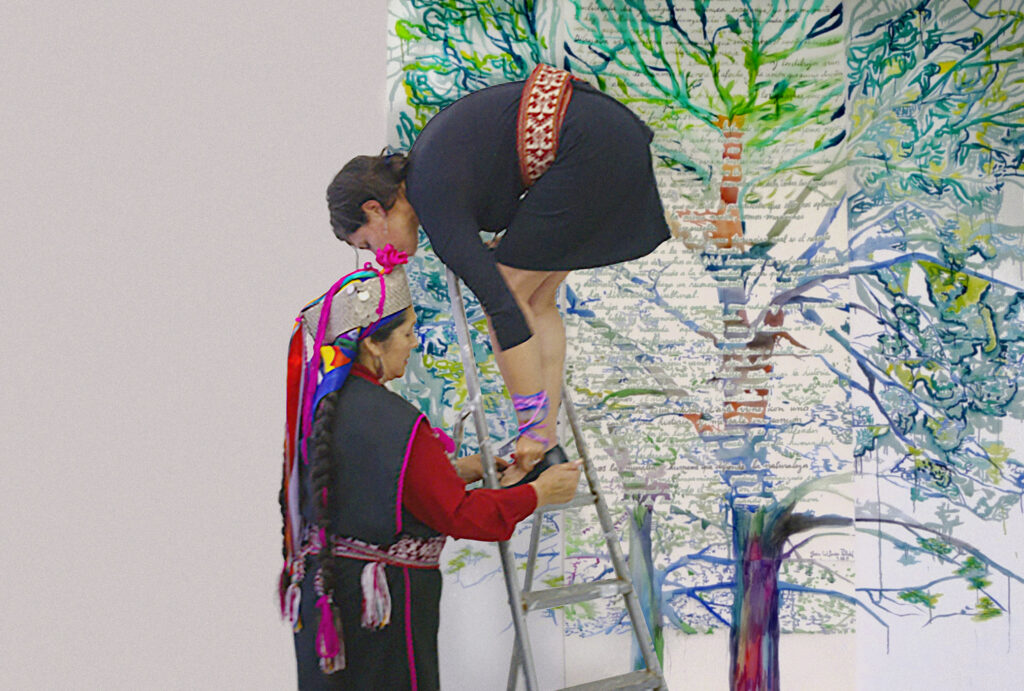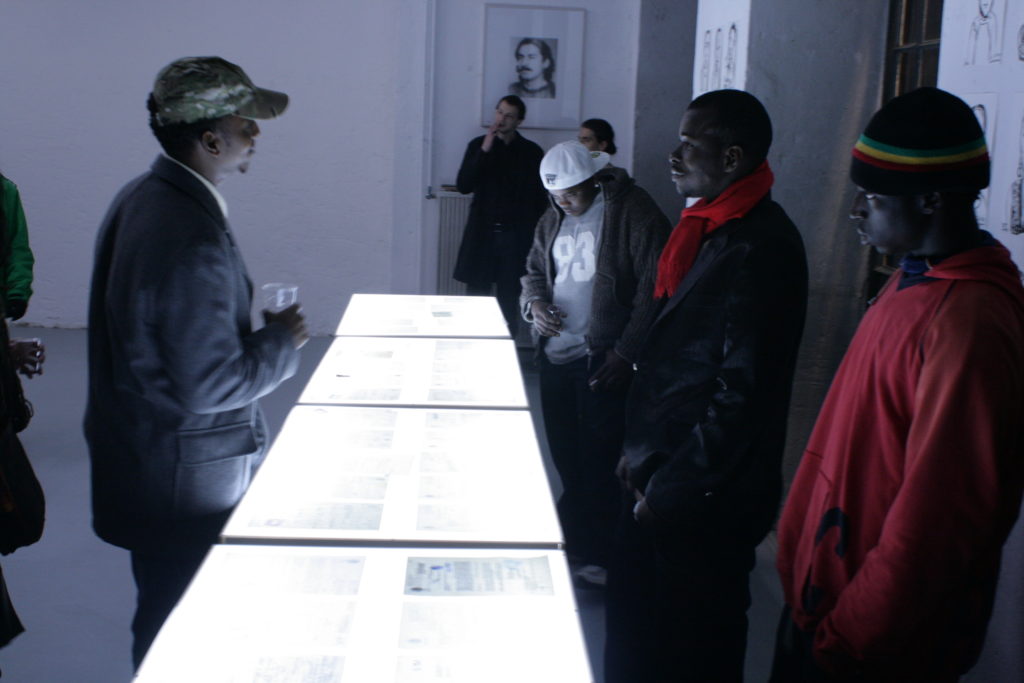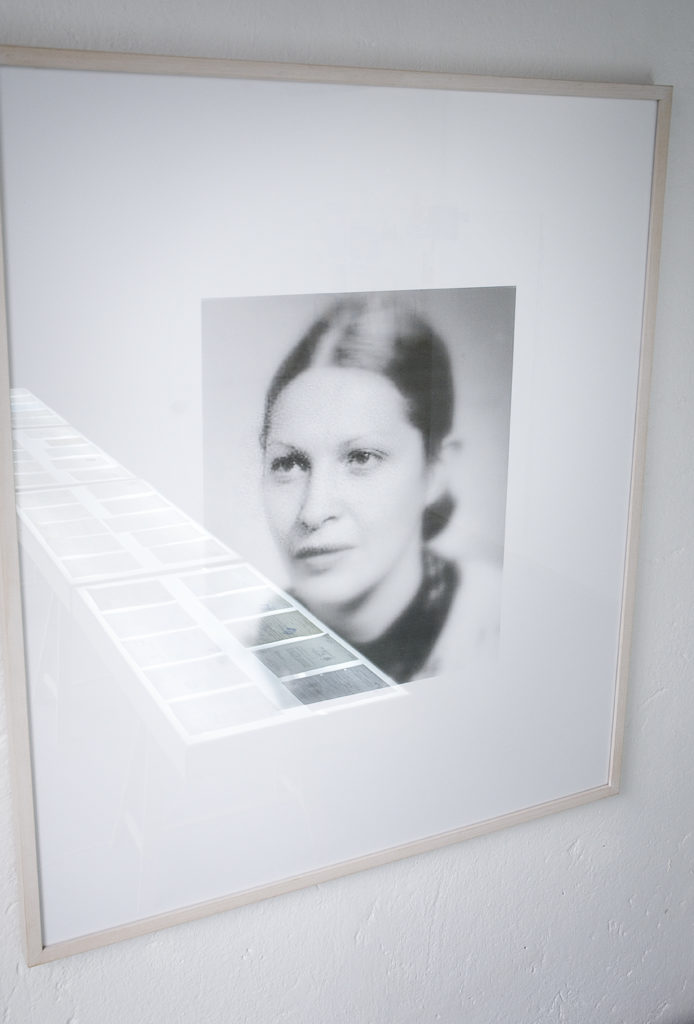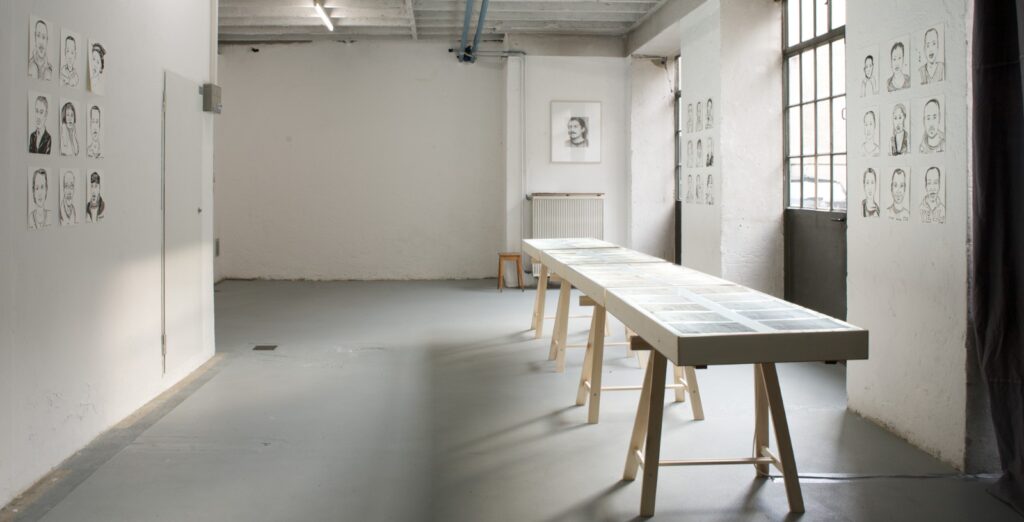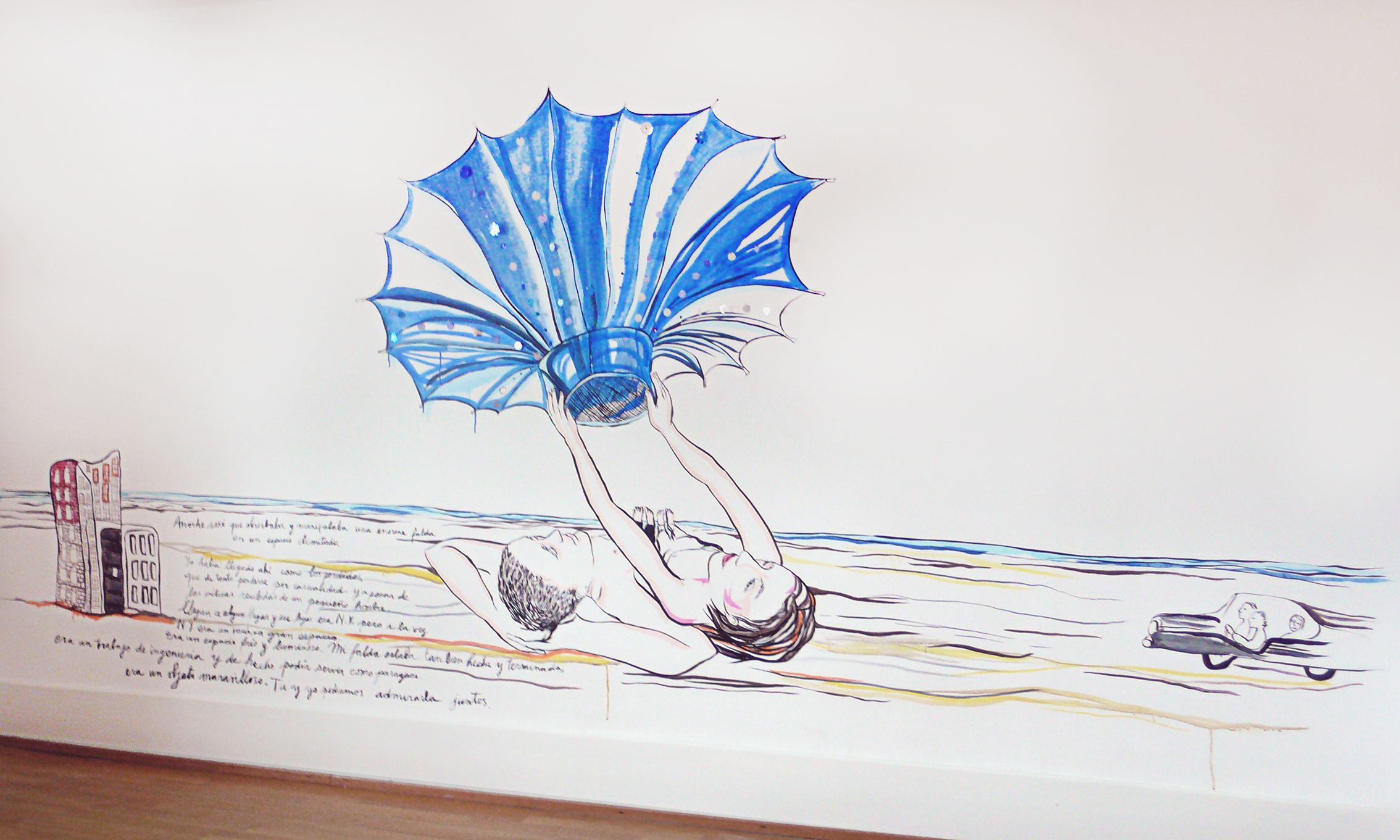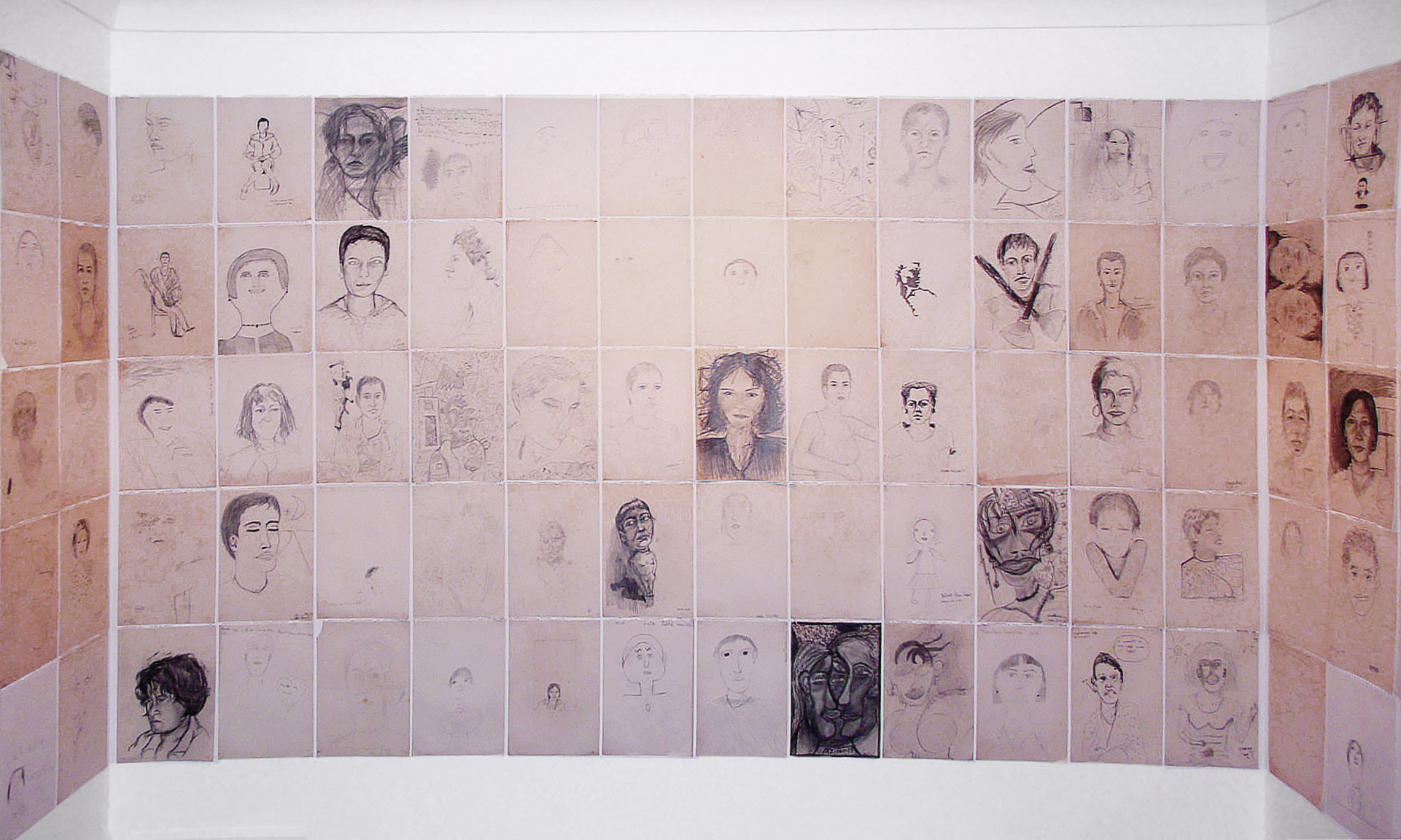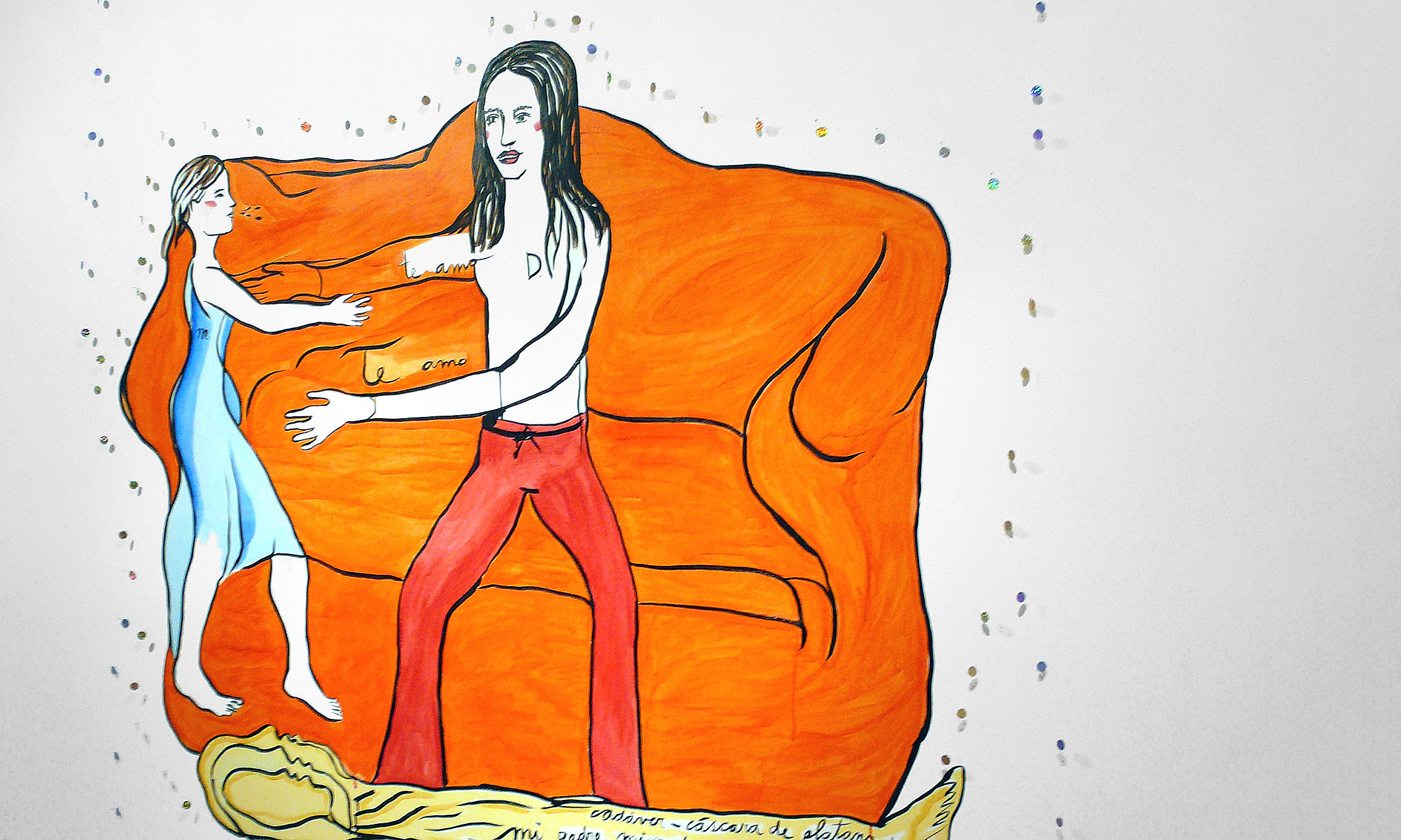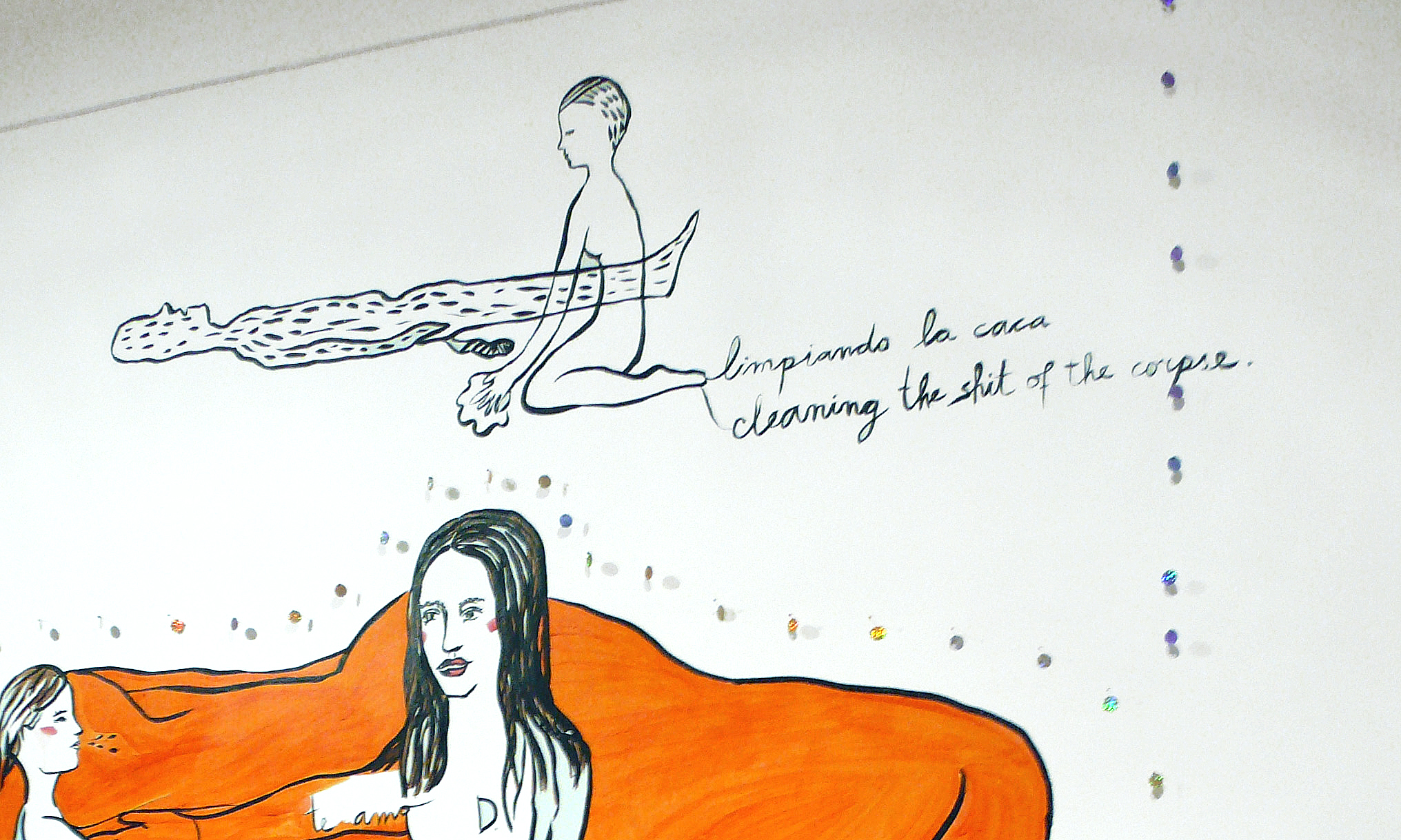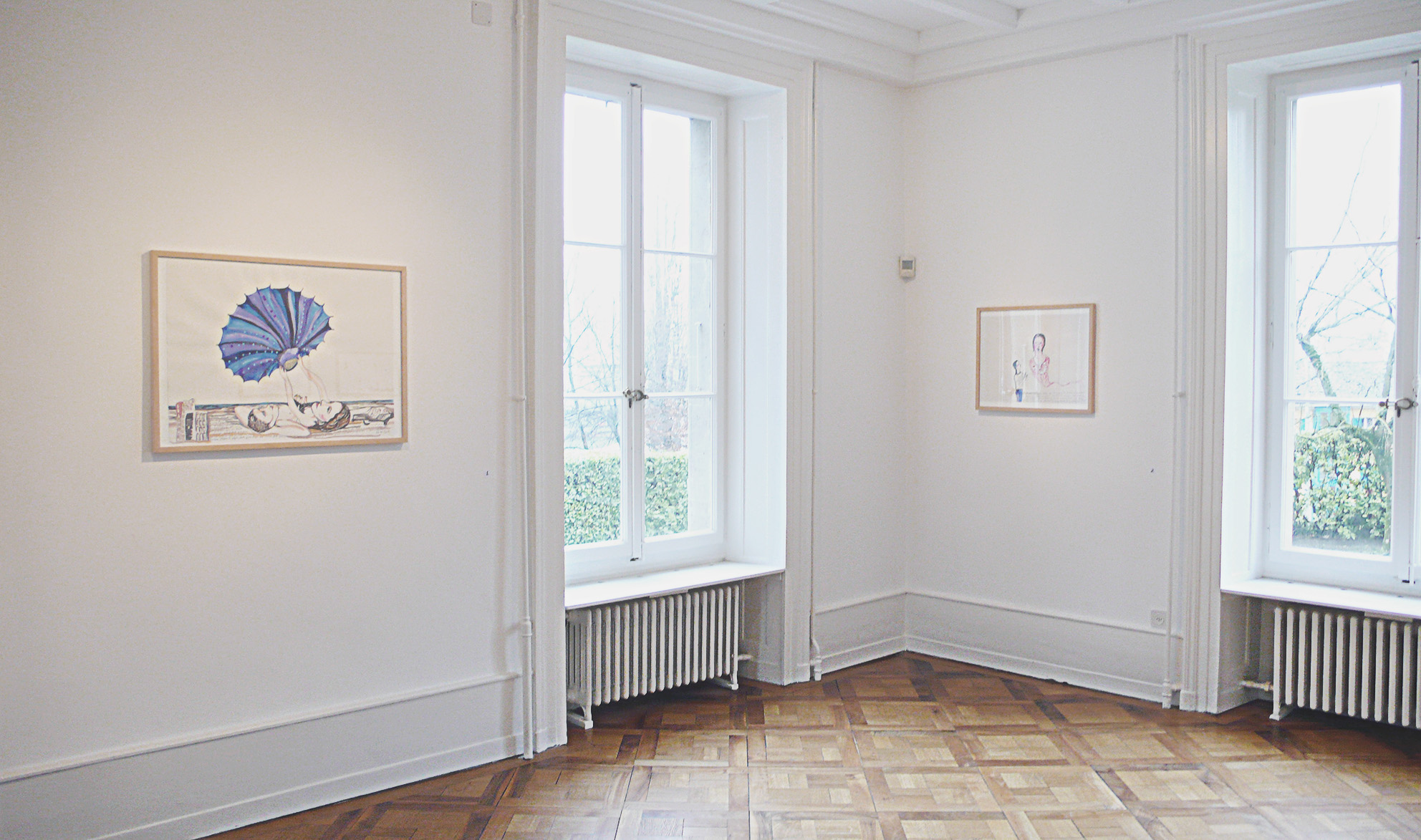Galería Metropolitana, Santiago, Chile
12.2009–01.2010
Artist: Marisa Cornejo
Curated by: Ana María Saavedra and Luis Alarcón
Venue: Galería Metropolitana, Santiago, Chile
Date: 12.2009–01.2010
L’exposition El Milagro Chileno («Le miracle chilien») s’articule autour de la réalité sociale des Chiliens (droits fondamentaux bafoués et dégradation sociale), mettant en exergue l’effort de survie quotidien d’une population au sein du modèle économique de libre-échange instauré par la force dans les années 1970.
El Milagro Chileno prend la forme d’une compilation de documents tels que lettres de licenciement, factures de frais médicaux et d’éducation, recouvrements judiciaires, requêtes rejetées, passeports tamponnés, etc., qui illustrent le prix du miracle chilien, une politique qui est encore d’actualité.
El Milagro Chileno comprend cette compilation de documents, une série de portraits sous forme d’ex-voto des titulaires des documents et un film retraçant des histoires individuelles pour constituer une sorte d’archive locale de la mémoire.
El Milagro Chileno est à la fois une réflexion sur le déracinement, autour de thématiques telles que l’exonération politique, l’emprisonnement, la migration forcée et l’exil, et un exercice de mémoire collective non institutionnelle basé sur des témoignages personnels.
EL MILAGRO CHILENO (THE CHILEAN MIRACLE) serves as a a warning about the difficult reality of contemporary Chilean life (lack of basic human rights and social degradation), and demonstrates the daily struggle needed for survival in a free market economy, forced on the society since the mid seventies.
EL MILAGRO CHILENO is a collection of documents from dismissal letters, medical and educational bills, denied requests, to marked passports and judicial charges, etc. all bearing witness to the cost of the Chilean Miracle, a policy that is still in place today. Apart from the documents the installation also includes a series of portraits of those who were interviewed for this project and a video with personal stories, all of which come together to construct a local memory archive.
EL MILAGRO CHILENO is also a reflection on being uprooted, focusing on such topics as: exoneration, prison, compulsory migration and exile; it is also an exercise in creating collective memory based mainly on life testimonies separate from any single institution.
Galería Metropolitana, Ana María Saavedra and Luis Alarcón, Santiago, December 2009
